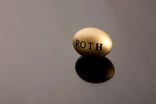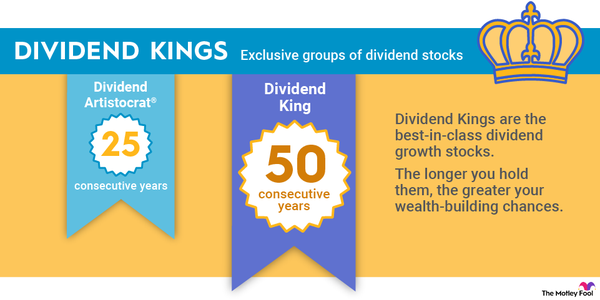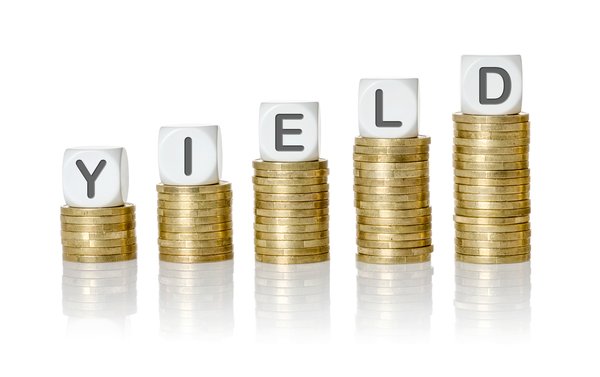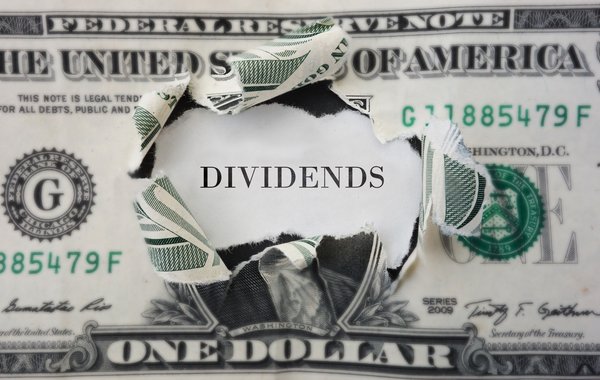Most companies report their dividends on a cash flow statement, in a separate accounting summary in their regular disclosures to investors, or in a stand-alone press release, but that's not always the case. If not, you can calculate dividends using a balance sheet and an income statement. You'll find these in a company's 10-K annual report.
Here is the formula for calculating dividends: Annual net income minus net change in retained earnings = dividends paid.

Net income & retained earnings
Using net income and retained earnings to calculate dividends paid
To figure out dividends when they're not explicitly stated, you have to look at two things. First, the balance sheet -- a record of a company's assets and liabilities -- will reveal how much a company has kept on its books in retained earnings. Retained earnings are the total earnings a company has earned in its history that haven't been returned to shareholders through dividends.
Second, the income statement in the annual report -- which measures a company's financial performance over a certain period of time -- will show you how much in net earnings that a company has brought in during a given year. That figure helps to establish what the change in retained earnings would have been if the company had chosen not to pay any dividends during a given year.
Balance sheet & income statement
How to calculate dividends from the balance sheet and income statement
To calculate dividends for a given year, do the following:
- Take the retained earnings at the beginning of the year and subtract it from the end-of-year number. That will tell you the net change in retained earnings for the year.
- Next, take the net change in retained earnings and subtract it from the net earnings for the year. If retained earnings has gone up, then the result will be less than the year's net earnings. If retained earnings have fallen, then the result will be greater than the net earnings for the year.
The answer represents the total amount of dividends paid.
For example, say a company earned $100 million in a given year. It started with $50 million in retained earnings and ended the year with $70 million. The increase in retained earnings was $70 million minus $50 million, or $20 million.
Here's the math: $100 million net income-$20 million change in retained earnings = $80 million paid in dividends.

Dividend payout ratio
Calculating the dividend payout ratio
One of the most useful reasons to calculate a company's total dividend is to determine the dividend payout ratio, or DPR. This measures the percentage of a company's net income that is paid out in dividends.
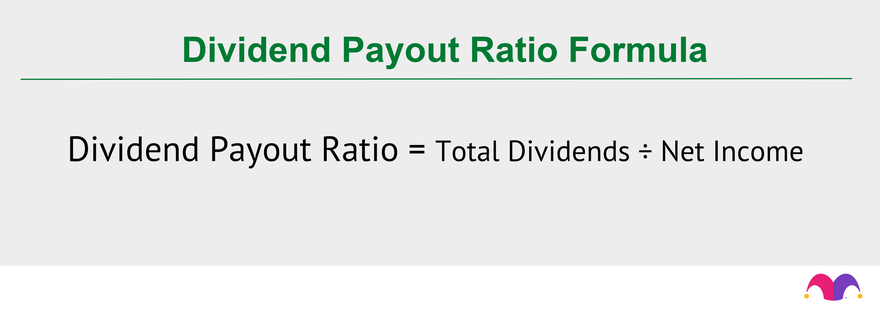
Take total dividends divided by net income, and you will get DPR.
This is useful in measuring a company's ability to keep paying or even increasing a dividend. The higher the payout ratio, the harder it may be to maintain it; the lower, the better.
Related investing topics
Dividends per share
Calculating dividends per share
Once you have the total dividends, converting that to per-share is a matter of dividing it by shares outstanding, also found in the annual report.
Here is the formula for dividends per share: Total dividends ÷ shares outstanding = dividends per share.
Using this method to calculate dividends per share may not be 100% accurate because a company may increase or lower its dividends (they're usually paid quarterly) over the course of the year and may also issue or repurchase shares, changing the share count. These changes can affect the accuracy of this calculation.
The best way to find accurate dividend-per-share information is to read the most recent press release or filing with the Securities and Exchange Commission (SEC) when a company announces its next dividend. You can also seek help from a good online broker, which will show the per-share amount of the last dividend a company paid or announced it will pay soon.


![Trump at White House podium. Official White House Photo by D. Myles Cullen. [MConverter.eu]](https://g.foolcdn.com/image/?url=https%3A%2F%2Fg.foolcdn.com%2Feditorial%2Fimages%2F801349%2Ftrump-at-white-house-podium-official-white-house-photo-by-d-myles-cullen-mconvertereu.jpg&op=resize&w=184&h=104)
